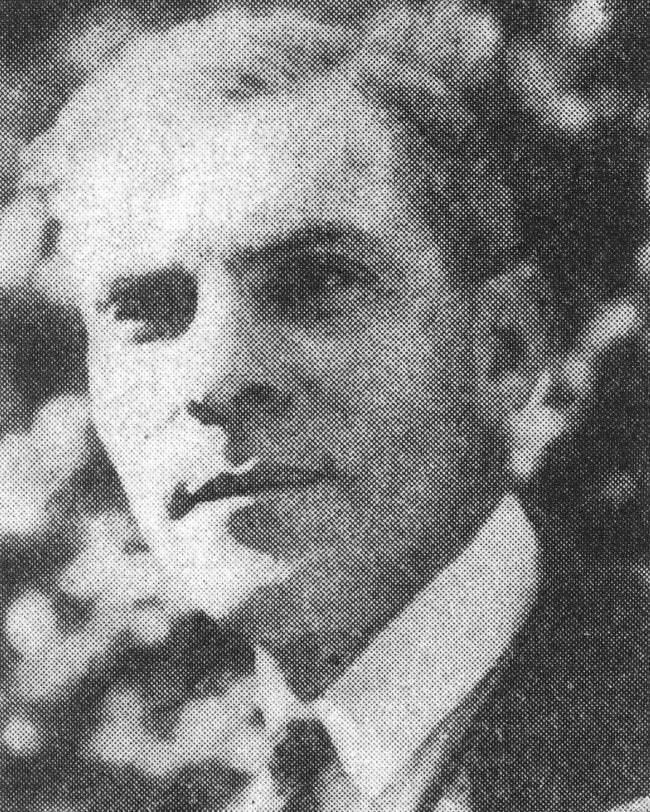Issachar RYBACK
January 3, 2019Isaac SCHONBERG
January 4, 2019Savely SCHLEIFER
ODESSA (UKRAINE) 1881 – DEPORTED TO AUSCHWITZ 1943
Savely Schleifer’s parents owned a paint manufacturing company. He showed an interest in art from a young age and taught children painting, before going to study at the School of Fine Arts in Odessa. He then attended the School of Fine Arts in Saint Petersburg, where he studied under the famous painting teacher Ilya Repin. In 1905, Savely Schleifer arrived in Paris and exhibited his work at the Salon des Indépendants and at the Salon des Tuileries.
When World War I broke out, he was enlisted in the Russian army and joined the special camouflage brigade. During the Revolution in 1917, he returned to Saint Petersburg and founded an art school where he taught drawing and painting. In 1922, he became a professor at the School of Decorative Arts in Leningrad. Later, he taught in a film school and specialized in make-up and costumes. In 1927, Schleifer returned to Paris. He was arrested in June 22, 1941 and was interned at the camp in Compiegne. On September 5, 1943, he was transferred to Drancy. On May 15, 1944, he was deported on convoy number 73. He was murdered by the Nazis.
Stories of Jewish Artists of the School of Paris 1905-1939
FRENCH-ENGLISH
Capitale des arts, le Paris des années 1905-1939 attire les artistes du monde entier. De cette période de foisonnement, un terme est resté, celui d'Ecole de Paris, qui recouvre une grande diversité d'expression artistique. Dans ce brassage dont Montparnasse est le creuset, un groupe se distingue : celui des artistes juifs venus de Russie, de Pologne et d'Europe centrale. Si leurs styles sont variés, un destin commun les rassemble : ils fuient l'antisémitisme de leur pays d'origine. Certains ont connu la célébrité dès les années 1920, tels Soutine, Lipchitz ou Chagall. D'autres n'ont pas eu le temps ou la chance d'y accéder. Près de la moitié a péri dans les camps de concentration nazis.
From 1905 to 1939, Paris attracted artists from all over the globe as the capital of the art world. This period of artistic proliferation became known as the School of Paris, and includes a great diversity of artistic expression. Within the teeming art world centred on Montparnasse, one group set itself apart: Jewish artists from Russia, Poland, and Central Europe. Although their styles were diverse, they shared the common fate of fleeing anti-Semitic persecutions in their home countries. Some became famous in the 1920s, such as Soutine, Lipchitz, and Chagall, while others did not have the time or the luck to gain renown. Nearly half of these artists died in Nazi concentration camps.





